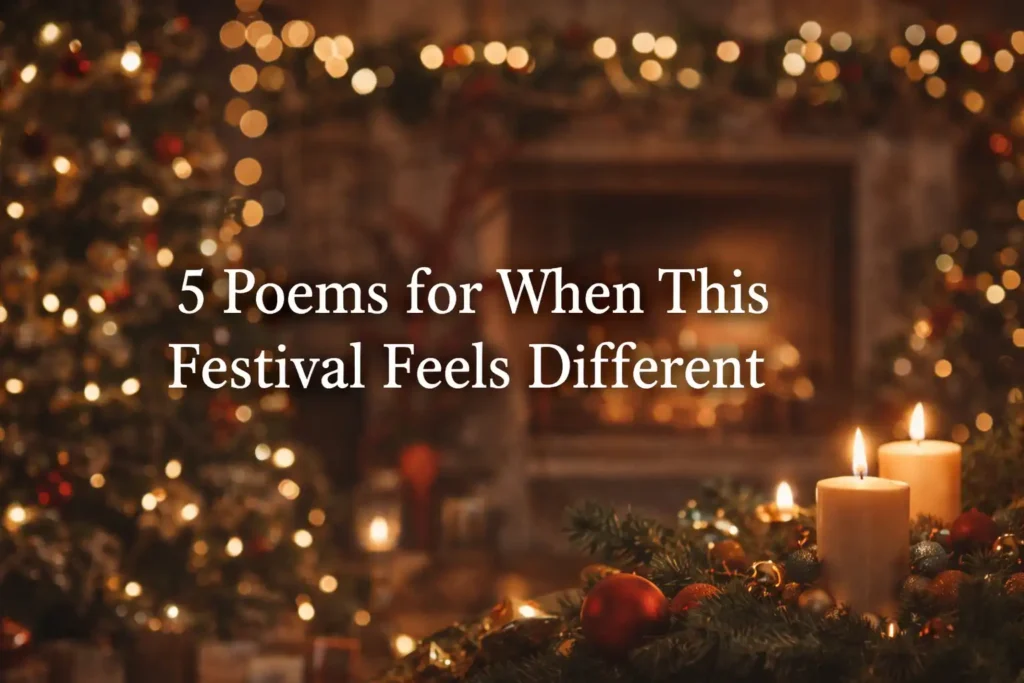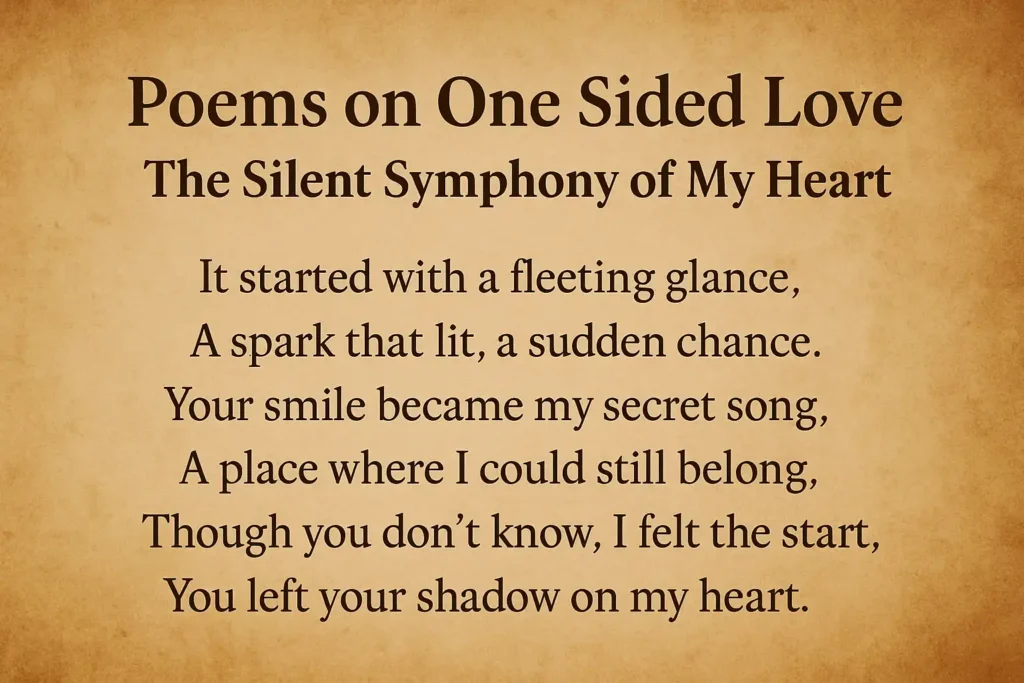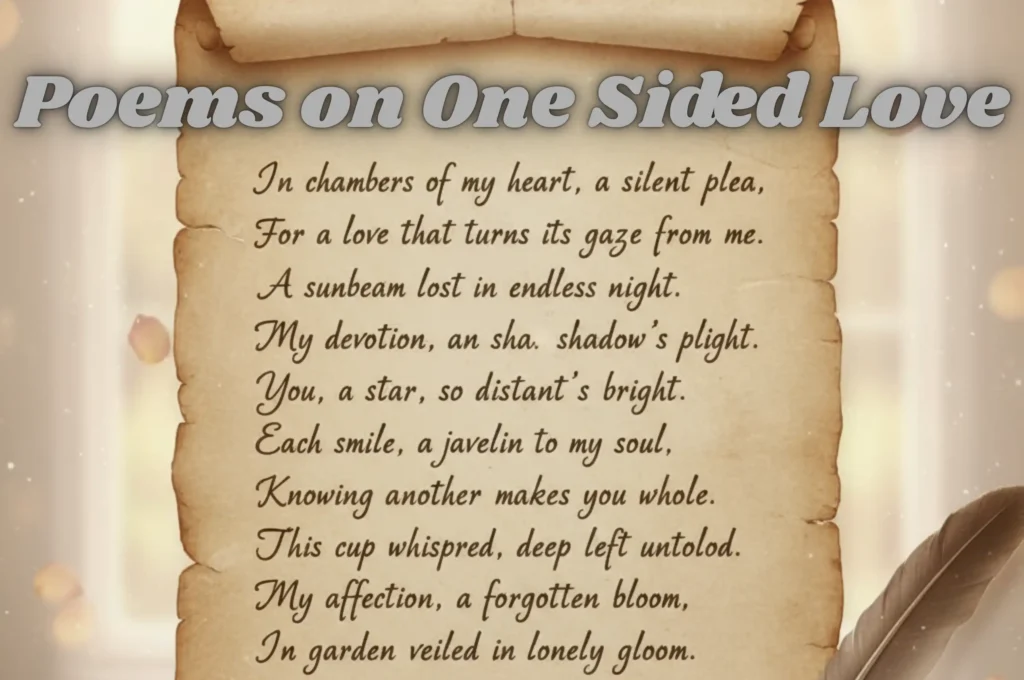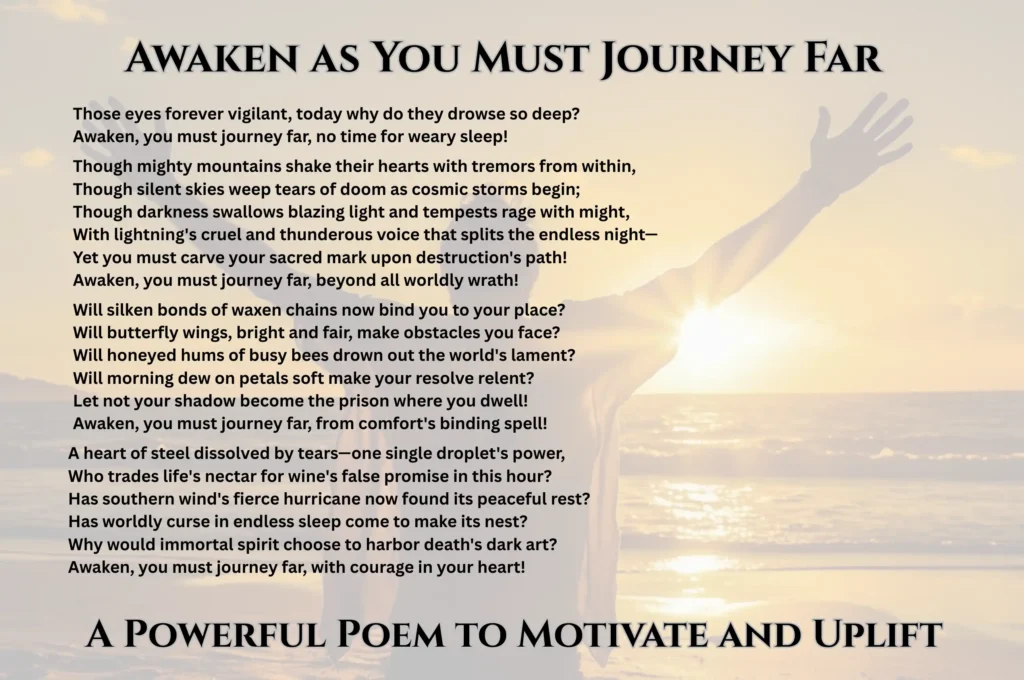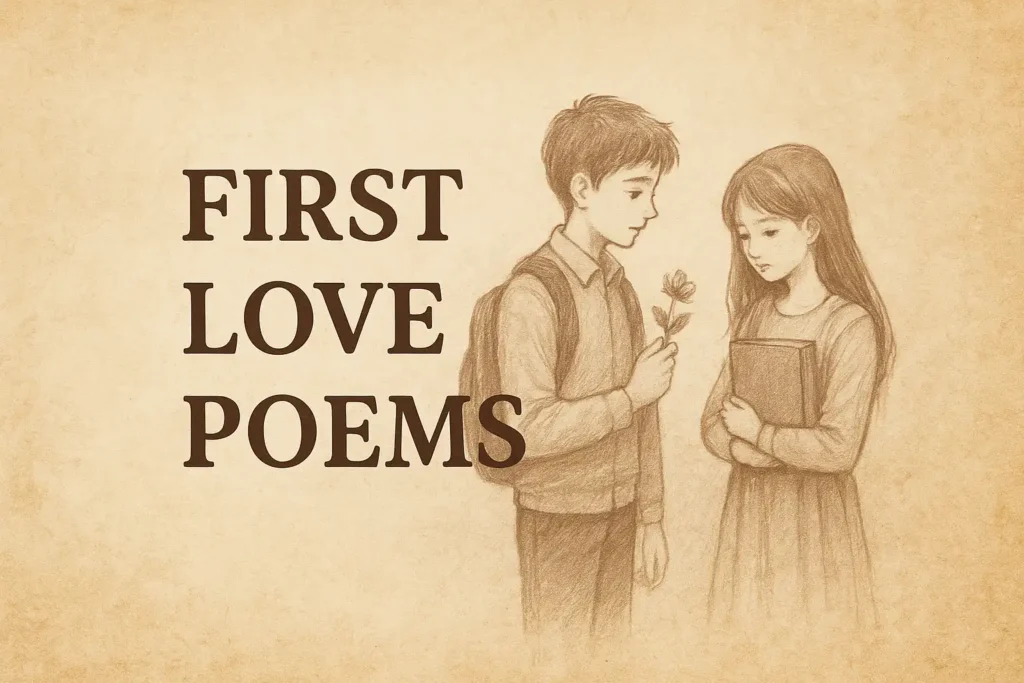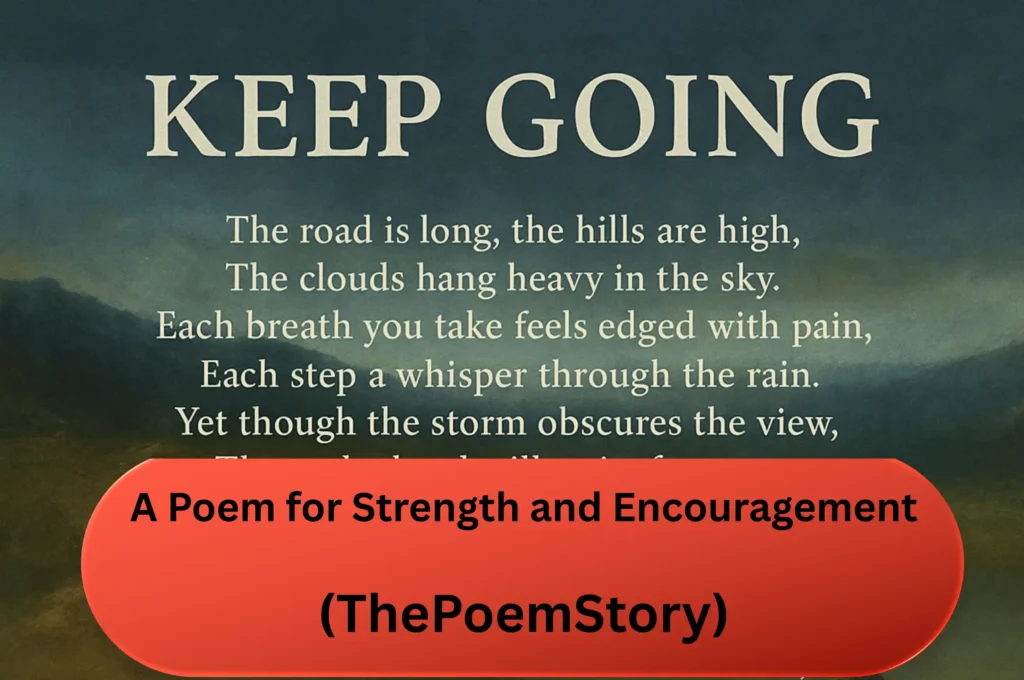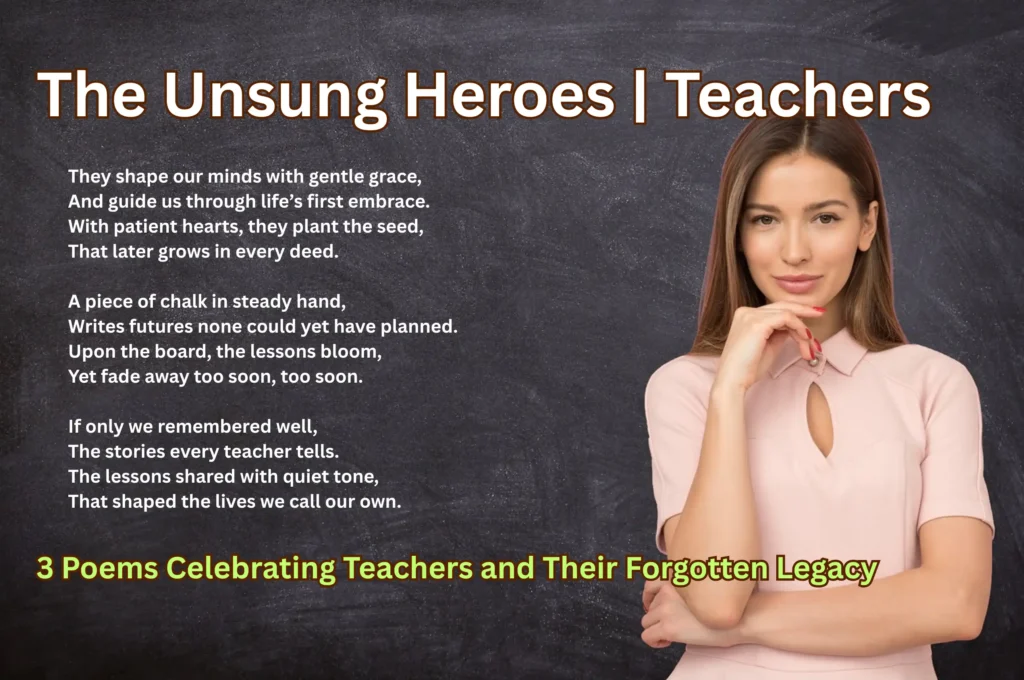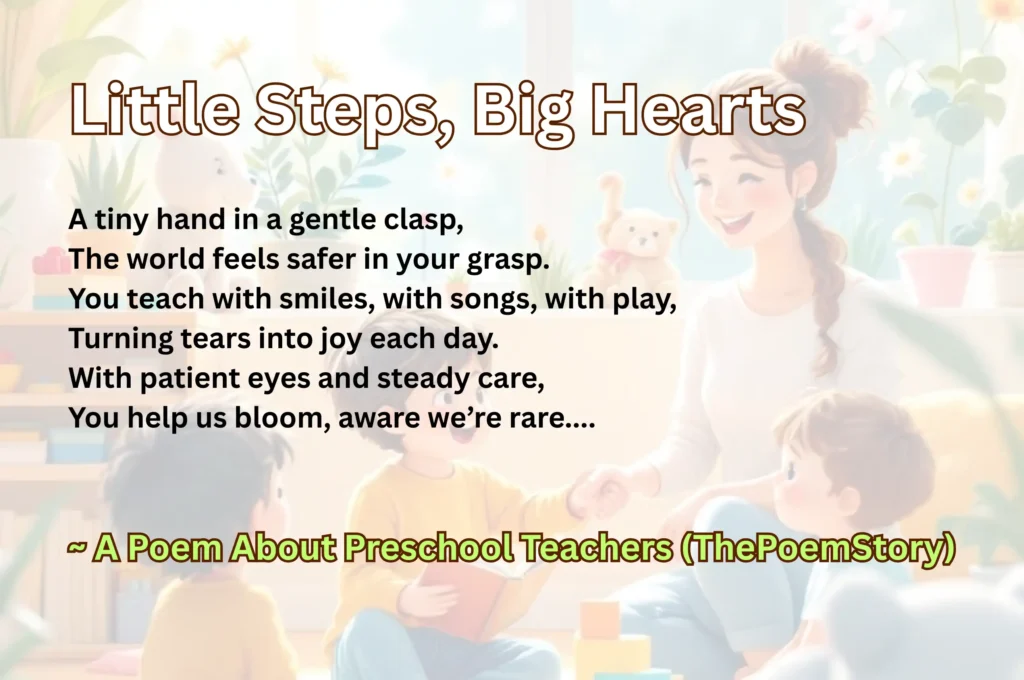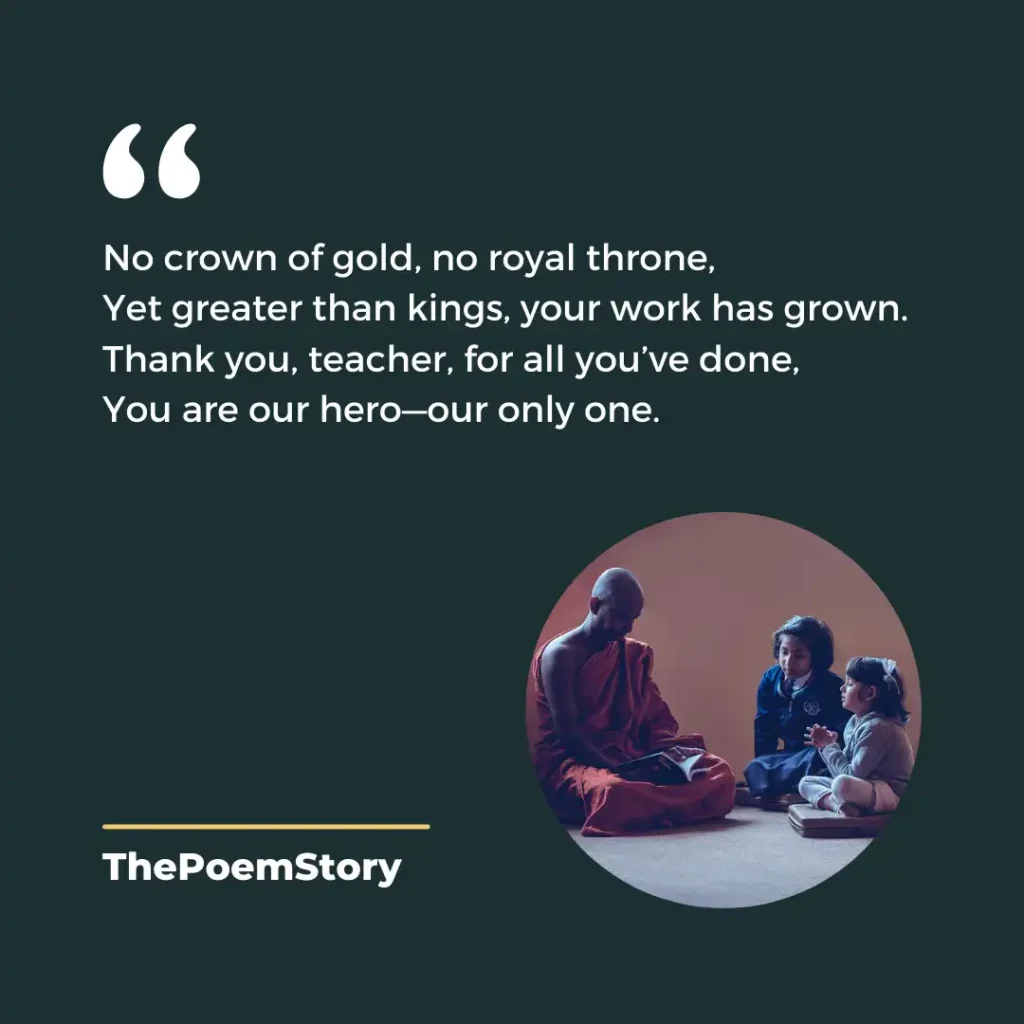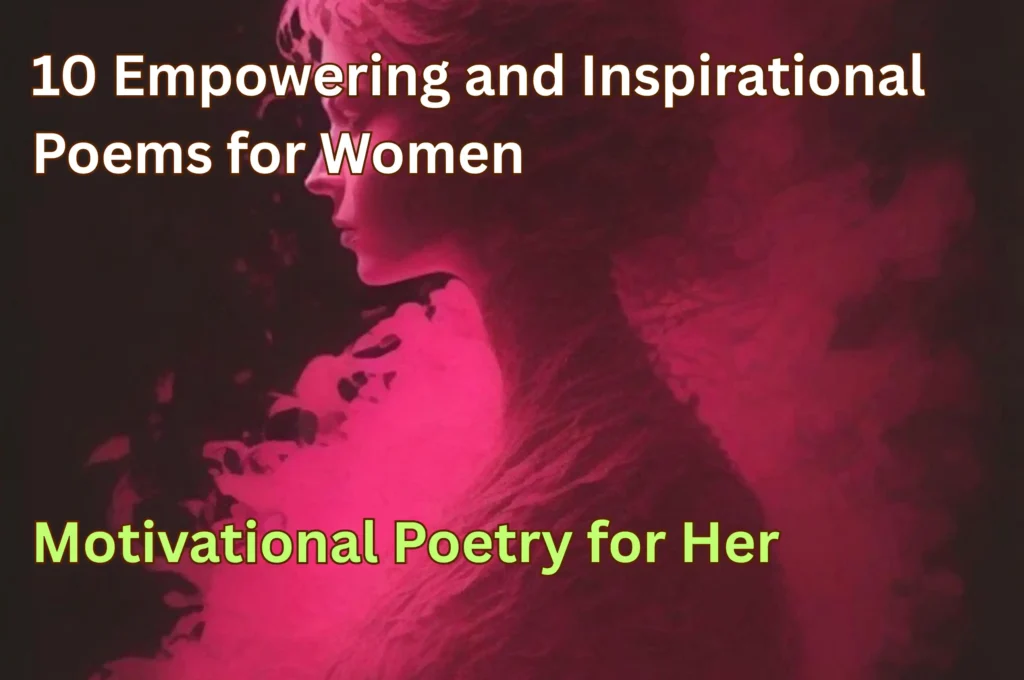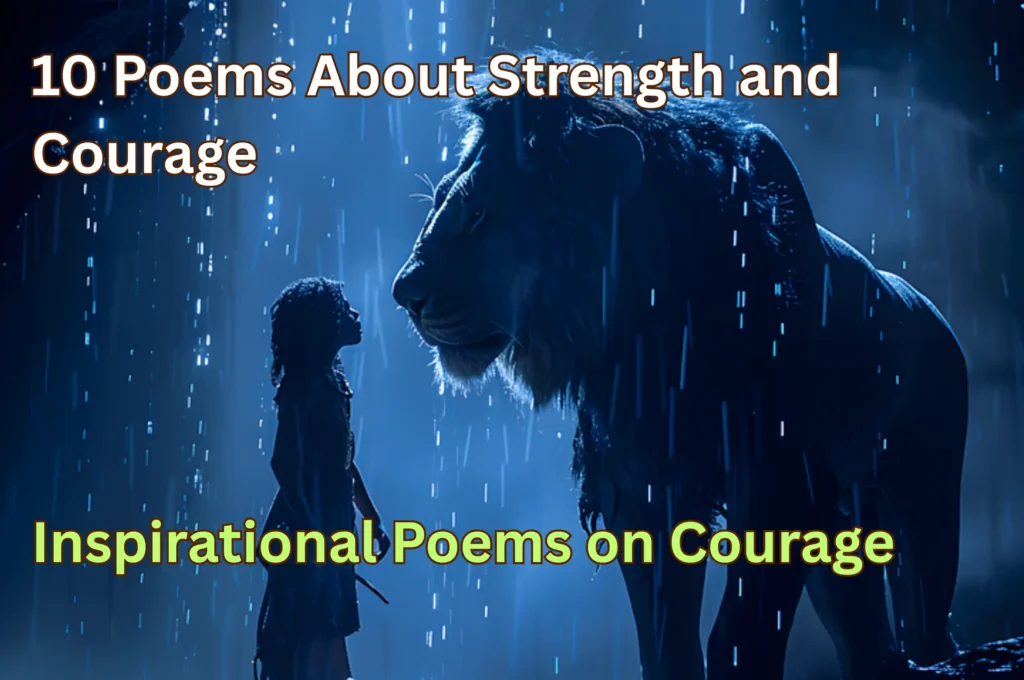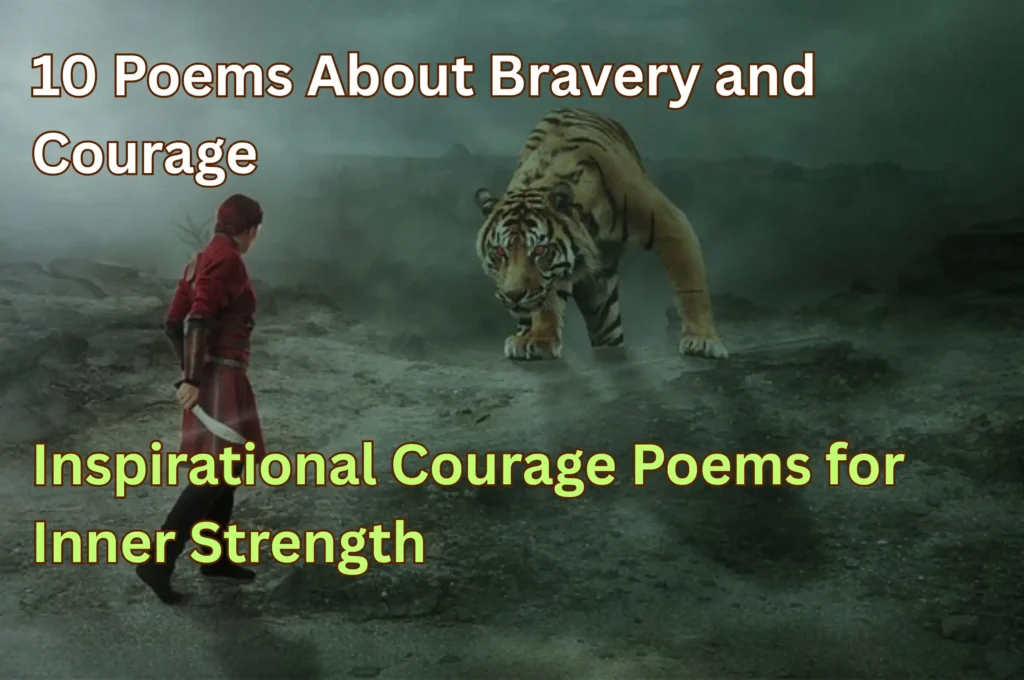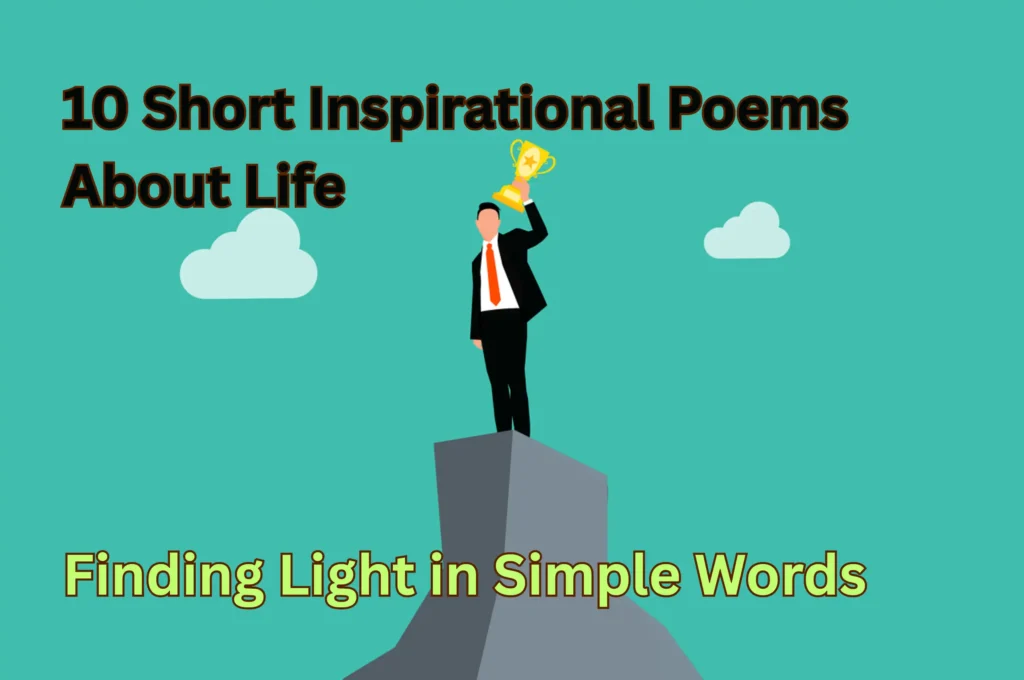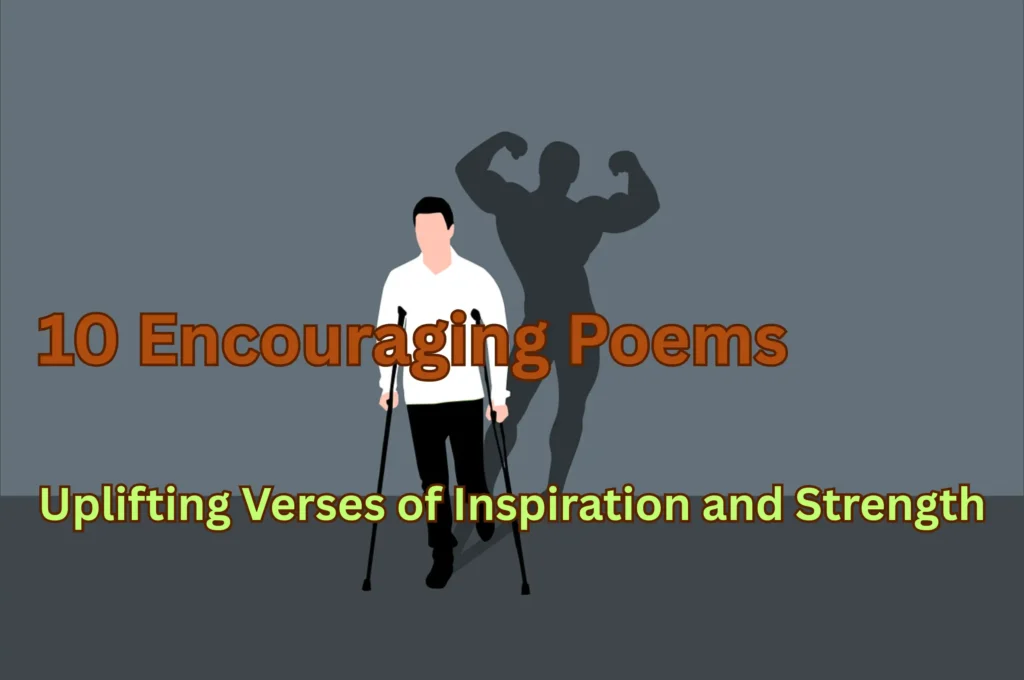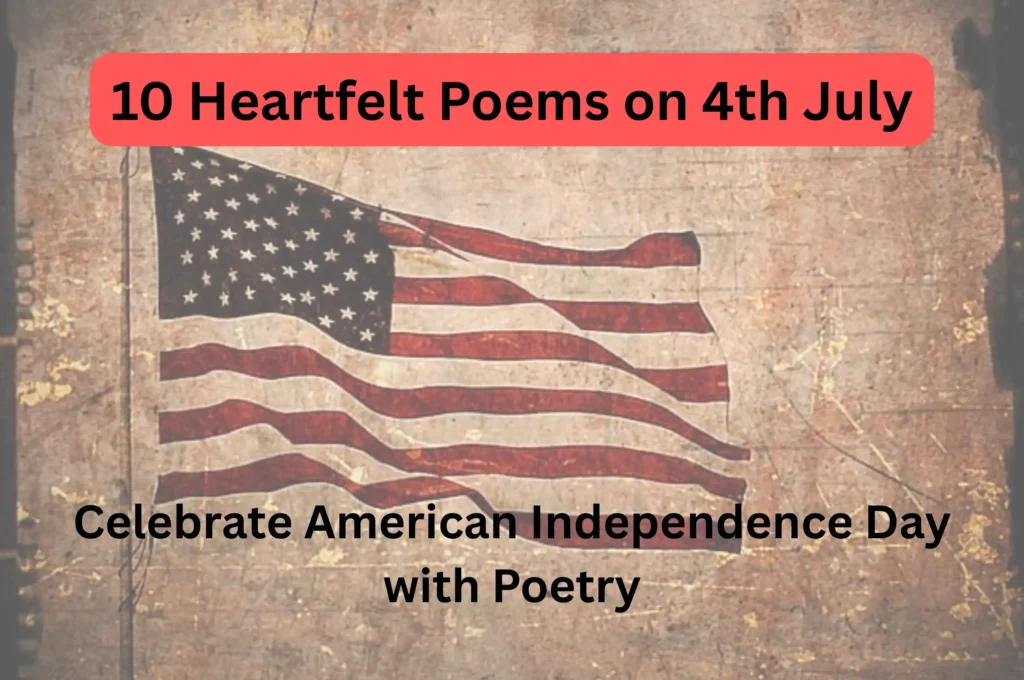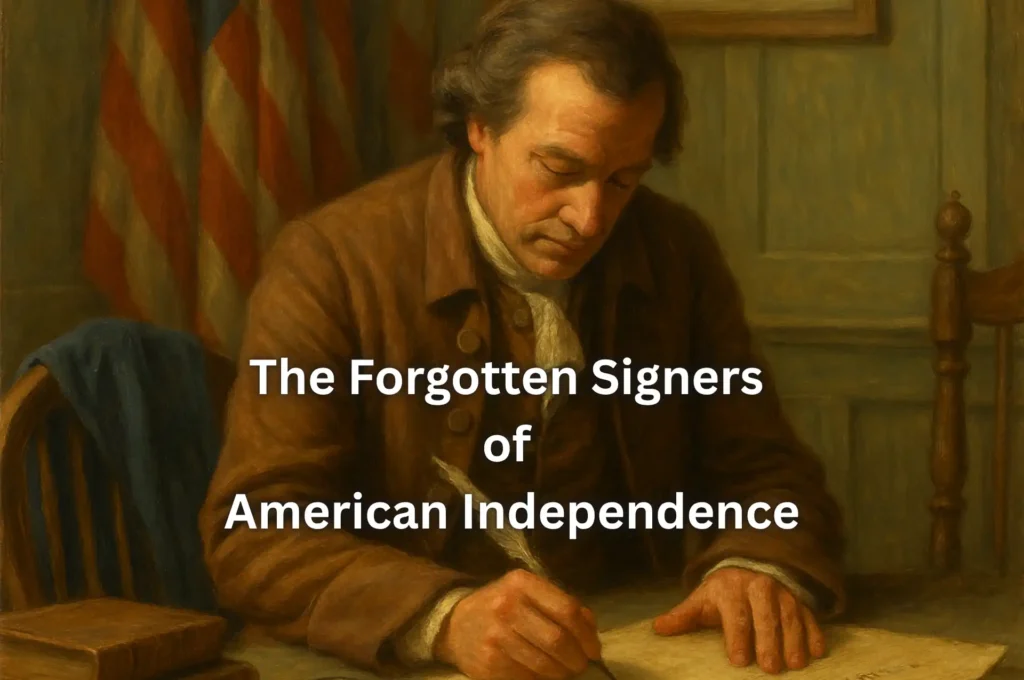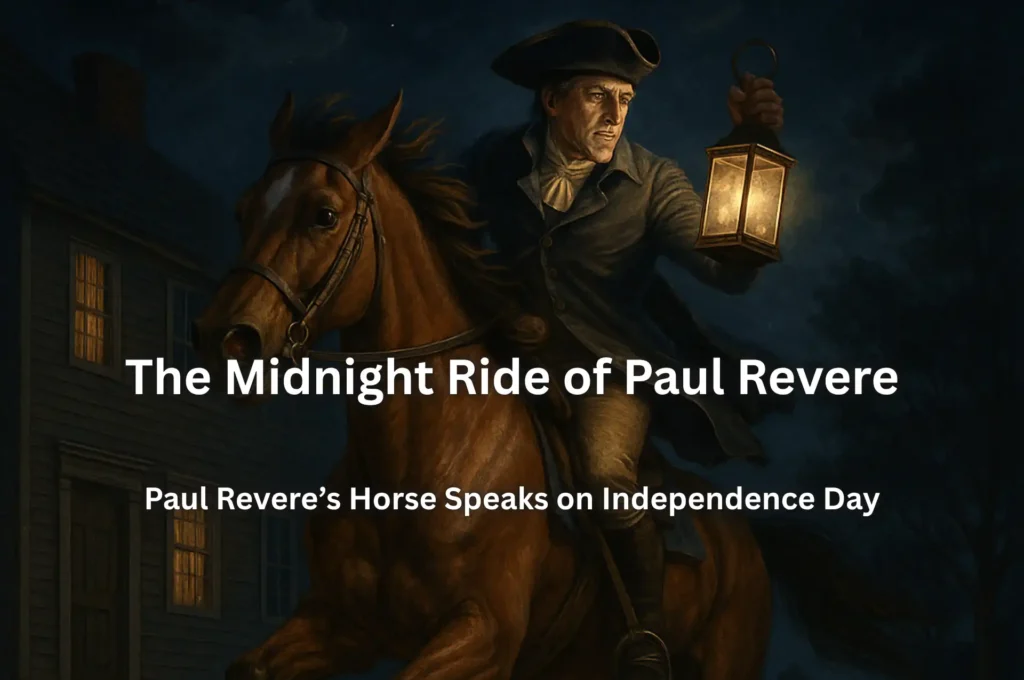Langston Hughes’ Daybreak in Alabama is a visionary poem that blends music, nature, and racial unity into a hopeful dream. Written during the Harlem Renaissance, the poem reflects Hughes’ deep desire for racial harmony in the American South. Through vivid imagery and a musical rhythm, Hughes imagines composing a piece of music that captures the beauty of Alabama’s landscape while symbolizing racial equality and peace.
Explore: Poets and Poetry Page | Langston Hughes Biography | Poems by Langston Hughes
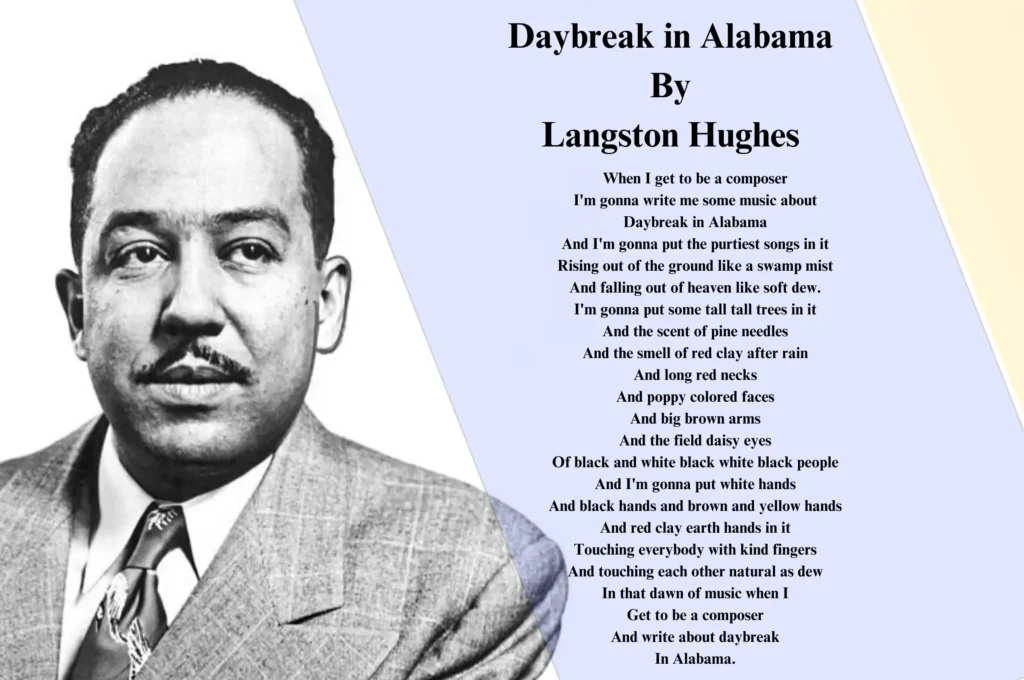
Table of Contents
Daybreak in Alabama Poem Lyrics
When I get to be a composer
~ Daybreak in Alabama by Langston Hughes
I’m gonna write me some music about
Daybreak in Alabama
And I’m gonna put the purtiest songs in it
Rising out of the ground like a swamp mist
And falling out of heaven like soft dew.
I’m gonna put some tall tall trees in it
And the scent of pine needles
And the smell of red clay after rain
And long red necks
And poppy colored faces
And big brown arms
And the field daisy eyes
Of black and white black white black people
And I’m gonna put white hands
And black hands and brown and yellow hands
And red clay earth hands in it
Touching everybody with kind fingers
And touching each other natural as dew
In that dawn of music when I
Get to be a composer
And write about daybreak
In Alabama.
Explore: Poets and Poetry Page | Langston Hughes Biography | Poems by Langston Hughes
Line-by-Line Meaning of Daybreak in Alabama Poem
- “When I get to be a composer”
- The speaker dreams of becoming a composer, indicating ambition and a future goal.
- “I’m gonna write me some music about”
- The speaker plans to create music, suggesting that his message will be conveyed through art.
- “Daybreak in Alabama”
- Daybreak symbolizes a new beginning, while Alabama represents the American South, historically marked by racial segregation. This suggests a vision of a better, more inclusive future.
- “And I’m gonna put the purtiest songs in it”
- The speaker wants to create beautiful music, with “purtiest” (a Southern dialect for “prettiest”) adding a sense of regional identity.
- “Rising out of the ground like a swamp mist”
- The music will emerge naturally, just as mist rises from the land. This symbolizes something organic and deeply connected to the place.
- “And falling out of heaven like soft dew.”
- The music will also come from above, like dew from the sky. This suggests divine or peaceful inspiration.
- “I’m gonna put some tall tall trees in it”
- The song will include imagery of nature, specifically tall trees, which symbolize strength, endurance, and deep roots.
- “And the scent of pine needles”
- The fragrance of pine trees adds to the sensory experience, emphasizing the natural beauty of Alabama.
- “And the smell of red clay after rain”
- The scent of wet red clay evokes the earthiness and richness of the Southern landscape. It also symbolizes renewal after hardship, much like racial unity after segregation.
- “And long red necks”
- This could refer to both physical descriptions of people in the South (farmers with sunburned necks) and possibly a reclaiming of the term “redneck” in a non-derogatory way, recognizing them as part of this vision.
- “And poppy-colored faces”
- Poppy-colored suggests faces of different races, possibly referring to sun-tanned or naturally diverse skin tones.
- “And big brown arms”
- This could represent African American people, emphasizing their strength and presence in the South.
- “And the field daisy eyes”
- A poetic image suggesting bright, hopeful, or innocent eyes—possibly symbolizing people who see the world with openness and purity.
- “Of black and white black white black people”
- The repetition of “black and white” emphasizes racial unity, blending different races together in a rhythmic way that mimics musical composition.
- “And I’m gonna put white hands”
- The speaker acknowledges white people as part of the vision.
- “And black hands and brown and yellow hands”
- The inclusion of hands of all colors symbolizes diversity and racial harmony.
- “And red clay earth hands in it”
- Red clay earth hands likely refers to people who work the land, farmers and laborers, emphasizing shared humanity across racial lines.
- “Touching everybody with kind fingers”
- The vision is one of kindness and connection, where people interact with compassion rather than division.
- “And touching each other natural as dew”
- This line reinforces the idea that racial unity should be effortless and natural, just as dew forms in the morning.
- “In that dawn of music when I”
- Dawn of music suggests a new era, where music (symbolizing art and unity) brings people together.
- “Get to be a composer”
- The speaker reiterates his dream of becoming a composer, suggesting that he will create a world of harmony through his music.
- “And write about daybreak”
- Daybreak again symbolizes hope, renewal, and a fresh start.
- “In Alabama.”
- The poem ends with a strong emphasis on Alabama, reinforcing that this vision of unity is meant for the very place historically known for racial conflict.
Explore: Poets and Poetry Page | Langston Hughes Biography | Poems by Langston Hughes
Daybreak in Alabama Poem Analysis
1. Theme of Racial Harmony:
Hughes envisions a future where racial divisions dissolve, and people of all backgrounds come together naturally, like dew at daybreak. The poem challenges the history of segregation in Alabama and the broader South, replacing it with an ideal of peace and coexistence.
2. Music as a Unifying Force:
The speaker’s dream of composing music reflects Hughes’ belief in the power of art to bring people together. The rhythmic, almost song-like structure of the poem enhances this theme, making it feel like a melody that transcends racial barriers.
3. Nature Imagery and Symbolism:
Hughes uses natural elements—trees, mist, rain, red clay—to evoke both the physical beauty of Alabama and the organic way people should connect. The imagery of hands touching represents equality and shared humanity.
4. Hope and Idealism:
Unlike some of Hughes’ more somber works, Daybreak in Alabama is filled with optimism. The title itself signifies a new beginning, a fresh start where racial divisions no longer exist. Hughes does not ignore past struggles, but he chooses to focus on a brighter, inclusive future.
Explore: Poets and Poetry Page | Langston Hughes Biography | Poems by Langston Hughes
Summary of Daybreak in Alabama
The speaker, presumably Hughes himself, expresses his aspiration to become a composer. He dreams of writing a musical piece about daybreak in Alabama, filled with the beauty of nature—swamp mist, pine needles, rain-scented red clay, and tall trees. As the poem progresses, the imagery shifts from nature to human connection. He envisions people of all races—Black, White, Brown, and Yellow—coming together harmoniously, their hands touching in a natural, unforced way. The poem ends on a note of hope, as the speaker anticipates a new dawn of racial unity, expressed through music.
Explore our Literature YouTube Channels:
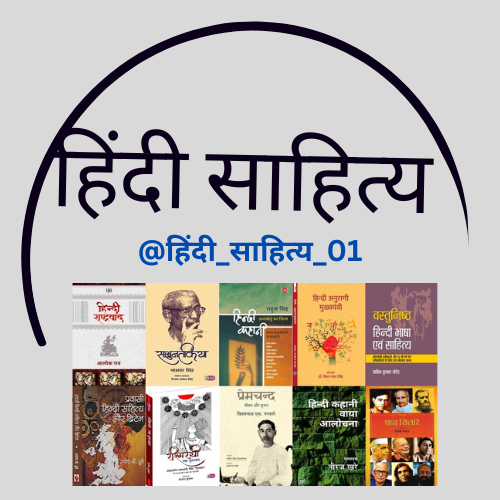
YouTube Channel Link:

YouTube Channel Link:

YouTube Channel Link:
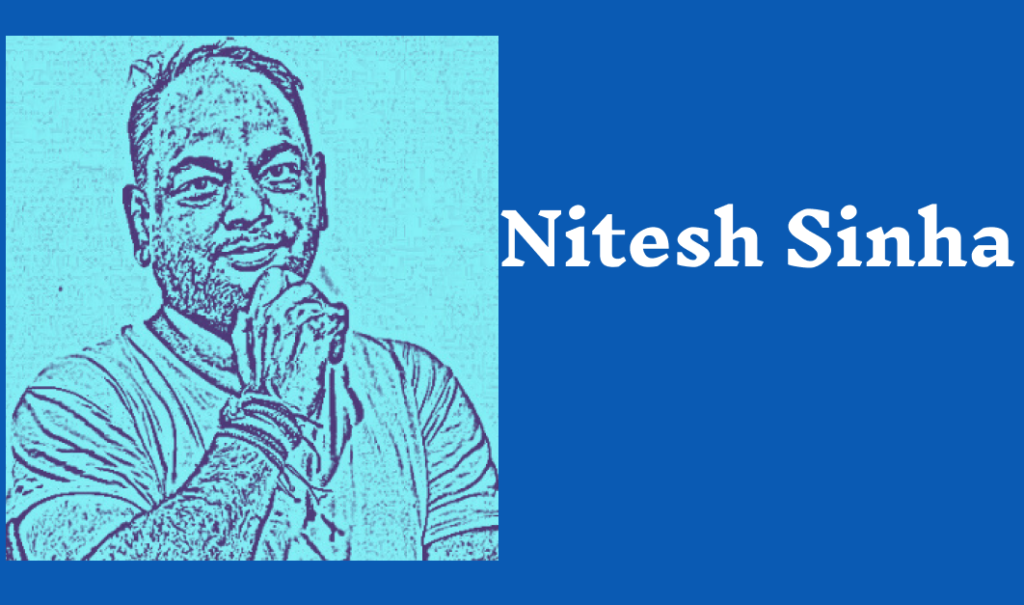
YouTube Channel Link
